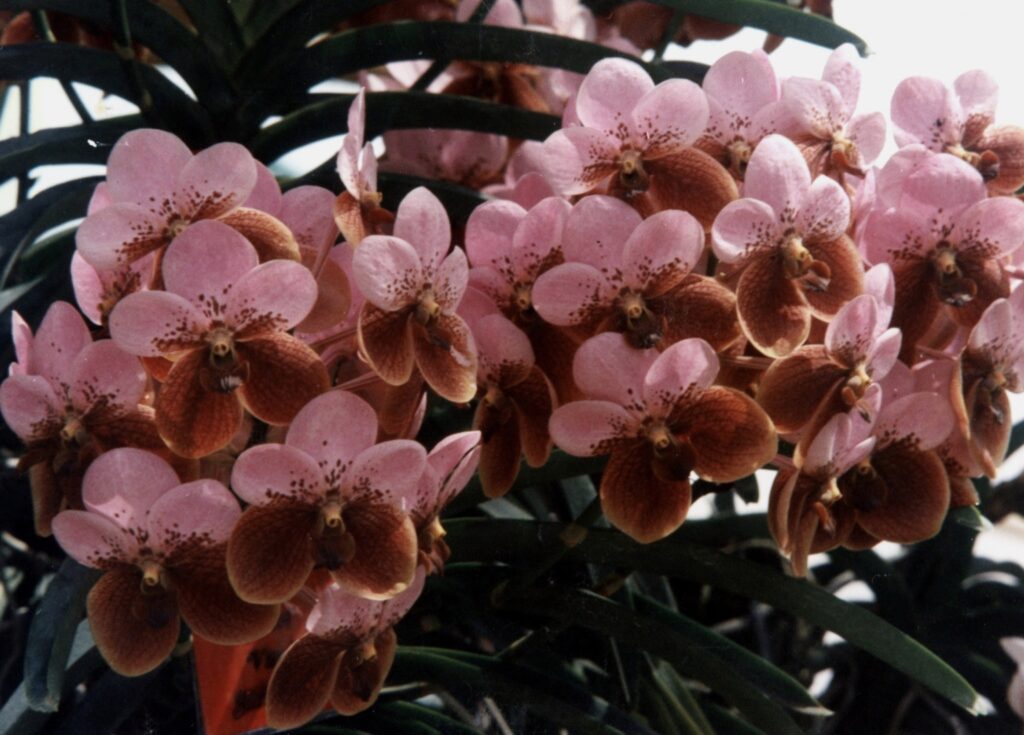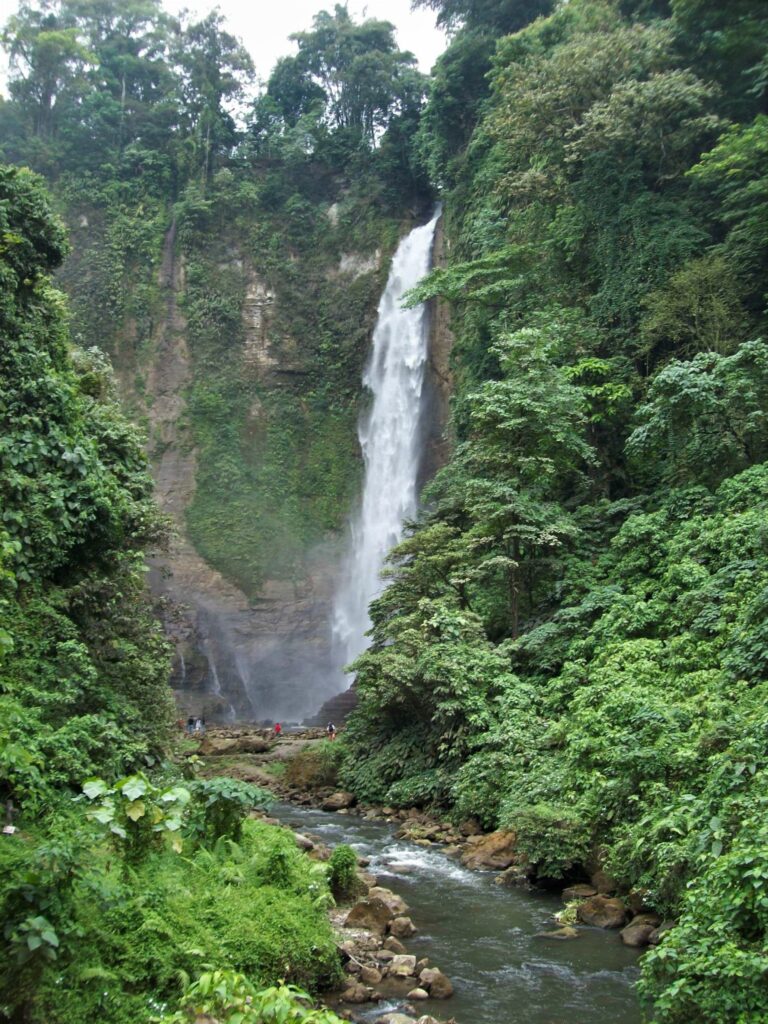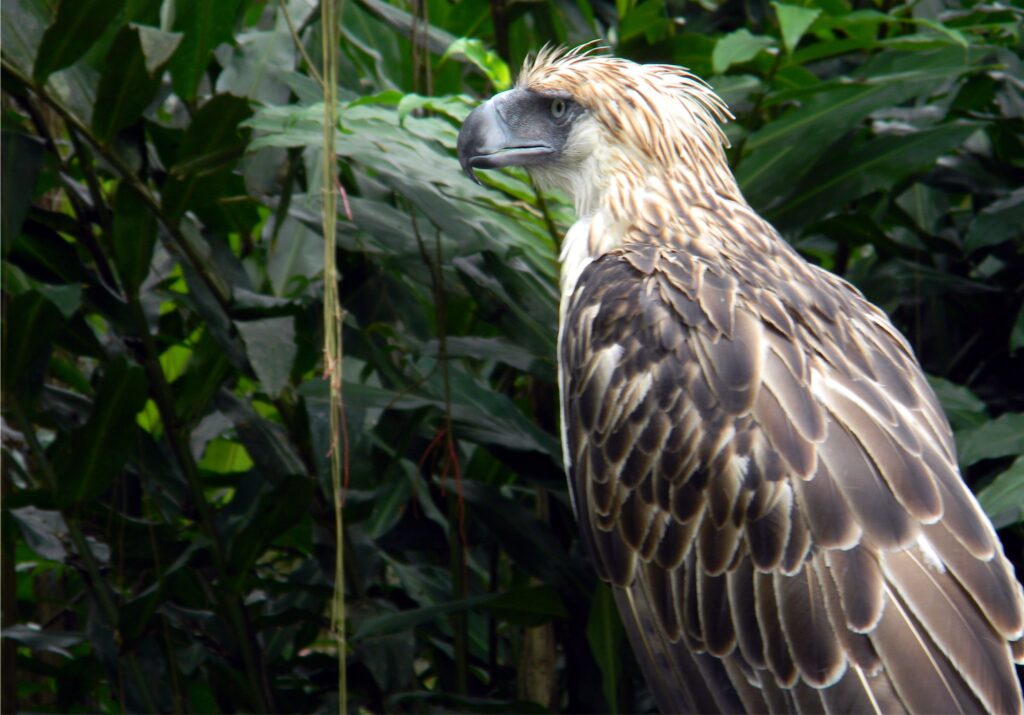Text and Photos by Henrylito D. Tacio
“With the dangerous decline of species coupled with the devastating coronavirus disease 2019 (COVID-19) pandemic that has been linked to wildlife, the world is compelled to rethink and examine humanity’s relationship with nature,” announced Dr. Theresa Mundita S. Lim during the Endangered Species Day last May 21.
Dr. Lim is the executive director of the ASEAN Centre for Biodiversity (ACB), based in Los Baños, Laguna. ASEAN stands for Association of South East Asian Nations composed of Brunei, Cambodia, Indonesia, Laos, Malaysia, Myanmar, Philippines, Singapore, Timor-Liste, Thailand, and Vietnam.
In her statement released to the media, Dr. Lim hoped that the commemoration “will bring further attention to the status of these important biological resources and encourage positive actions to halt biodiversity loss.”
According to her, the ASEAN region hosts almost 20% of the world’s known plants and animals. Yet, they are disappearing at an alarming rate. Quoting a report in 2019, she said that the region has a “high number of species on the brink of extinction.”
This is true in the Philippines, considered as one of the countries with the highest degree of biodiversity in the world. “The Philippines is one of the 18 mega-biodiverse countries of the world, containing two-thirds of the earth’s biodiversity and between 70% and 80% of the world’s plant and animal species,” said the Convention on Biological Diversity (CBD) of the country profile of the Philippines.
“The Philippines ranks fifth in the number of plant species and maintains 5% of the world’s flora,” the CBD added. “Species endemism is very high, covering at least 25 genera of plants and 49% of terrestrial wildlife, while the country ranks fourth in bird endemism.”
When it comes to biodiversity and conservation, most people think of eastern Africa, the Amazonian rainforest, or Madagascar. But “on a per unit area basis, the Philippines probably harbors more diversity of life than any other country on the planet,” the DENR’s Biodiversity Management Bureau (BMB) said on its website.

Waling-waling 
Protected watershed
Unfortunately, the Philippines is also considered as “one of the world’s biodiversity hotspots.” In fact, some environmentalists have listed the entire Philippine archipelago as among the world’s “hottest of hotspots.”
“This is because the Philippines continues to experience an alarming rate of destruction of these important resources brought about by overexploitation, deforestation, land degradation, climate change, and pollution, among others,” deplored the BMB.
Of the 207 identified species of terrestrial mammals, 42 species are considered threatened. At least 29 threatened species have been reported of the 419 reptiles found in the country. About 14 species of the 120 amphibians identified are also reported to be threatened.
Some 984 species of wild flora are threatened: 179 are critically endangered, 254 endangered, and 406 vulnerable. There are about 145 other threatened species.
A species is considered extinct when it is no longer found in the past 50 years. Endangered species are those that have been reduced in number to a critical level or whose habitats have been damaged or altered, or reduced.
Threatened is a general term used to describe the animal or plant species that could be in the status of “endangered” and “insufficiently known.” In the Philippines, among those listed as endangered are the Philippine eagle, Philippine tarsier, tamaraw, and waling-waling.
The CBD contends the threats to biodiversity in the country “differ from one ecosystem to another.”
Habitat destruction is cited as the primary culprit. “The encroachment of human populations on several plant and animal species’ natural habitat has been a primary agent for the loss of biodiversity,” the Foundation of Philippine Environment (FPE) stressed. “Displacement from one’s habitat leaves species vulnerable to harsher new living conditions, predation from other species, and scarcity or inaccessibility of resources required for survival.”
This is particularly true in the case of vanishing forests. By the definition of the UN Food and Agriculture Organization, the country’s forest cover should be 24% of the country’s total land area of 30 million hectares. “Between 2000 and 2005, the Philippines lost 2.1% of its forest cover, representing the second fastest rate of deforestation in Southeast Asia and seventh in the world,” the CBD reported.
Unknown to many, the Philippines is part of the center of diversity of rice, coconut, mung bean, taro, and yam, as well as the center of origin and diversity of bananas in Southeast Asia. “Yet this agricultural diversity is nowadays experiencing general decline, as is the land devoted to these activities,” the CBD pointed out.
In inland water biodiversity, the same trend is happening. Most findings indicate “a decreasing trend in water quality, fish, biodiversity and cultural value in the country’s largest lake (referring to Laguna de Bay) and its tributary rivers,” the CBD reported.

Majestic Philippine eagle
The marine ecosystems are not spared from destruction. “Marine habitats such as coral reefs are being destroyed by way of irresponsible and unsustainable fishing and aquaculture is harming marine habitat ecosystems all over the country,” the FPE observed.
The exploitation of the country’s natural resources and wildlife has also contributed to the fast disappearance of biodiversity. “What started out as mere ‘subsistence hunting and gathering’ among traditional societies have been exacerbated into far less sustainable practice upon the advancement of international economic relationships,” the FPE said.
“Wildlife trade is a lucrative business,” observed Dr. Lim, adding that the region is regarded as the “source, transit and destination markets” for wildlife species and products for both legal and illegal trade. For legal transactions, it brought about $107 billion. As an illegal trade, it is worth $7-12 billion annually.
In the Philippines, the Asian Development Bank (ADB) reported that the most traded species in the Philippines are Philippine forest turtle, Hawksbill turtle, Southeast Asian box turtle, Asian leaf turtle, Palawan pangolin, blue-naped parrot, Palawan hill mynah, and tokay gecko. The latter suffered from a frenzy of over-collection because of a rumor that they cure HIV/AIDS and could be sold for thousands of pesos.
Also traded and/or threatened were the following: Philippine slow loris, Philippine cockatoo, giant golden-crowned flying fox, Mindanao water monitor, Luzon or marbled water monitor, Visayan tarictic hornbill, Philippine serpent eagle, Brahminy kite, Luzon lowland scops owl, and Philippine hanging parrot (locally known as kulasisi).
Here are more: Visayan spotted deer, Calamian deer, Philippine deer, pitcher plants, bantigue, leopard cat, rufous hornbill, tarsier, Philippine sailfin dragon, Philippine flying dragon, Philippine pit viper, Luzon red-tailed rat stake, Luzon bronzeback snake, and orchids.
“The value of illegal wildlife trade is estimated at US$10 billion to US$23 billion per year, making wildlife crime the fourth most lucrative illegal business after narcotics, human trafficking and arms,” said ADB in its publication, Addressing the Illegal Wildlife Trade in the Philippines.
Biodiversity, coined in 1985, refers to “the variety of life on Earth, in all its forms and all its interactions,” explains Damian Carrington, the environment editor of The Guardian. “If that sounds bewilderingly broad, that’s because it is. Biodiversity is the most complex feature of our planet and it is the most vital.”
“Without biodiversity,” said Oxford University Professor David MacDonald, “there is no future for humanity.”
Carrington talked about “mind-boggling diverse” when it comes to biodiversity. “The simplest aspect to consider is species,” he wrote. “About 1.7 million species of animals, plants and fungi have been recorded but there are likely to be 8-9 million and possibly up to 100 million.”
So, when scientists speak of the loss of biodiversity, they are referring to the exceptionally large numbers of species forced to the brink of extinction due to human activities. “The concern is that many species are being lost before we are even aware of them, or the role they play in the circle of life,” Carrington said.
Species becoming extinct is not a new phenomenon and has happened long before humans ever roamed the green planet, but the speed with which species are being lost is now a major concern.
Extinction levels have reportedly increased dramatically over the past decades at 100 to 1,000 times the normal rate, which may be even faster than the losses after a giant meteorite wiped out the dinosaurs 65 million years ago.
“Of all the global problems that confront us, it (biodiversity loss) is one that is moving the most rapidly and the one that will have the most serious consequences,” deplored Dr. Peter Raven, director of the Missouri Botanical Gardens in the United States.
Harvard biologist Edward O. Wilson agrees. “The worst thing that can happen – and will happen – is not energy depletion, economic collapse, limited nuclear war, or conquest by a totalitarian government,” he wrote in Harvard Magazine. “As terrible as these catastrophes would be for us, they can be repaired within a few generations.”
But biodiversity loss is another matter. “The one process that will take millions of years to correct is the loss of genetic and species diversity by the destruction of natural habitats,” explained the award-winning American biologist. “This is the folly our descendants are least likely to forgive us.”
“Extinction is forever,” declared the UN Food and Agriculture Organization.
“The planet would be biologically depleted for millions of years, with consequences extending not only beyond the lives of our children’s children, but beyond the likely lifespan of the entire human species,” warned Dr. James Kirchner, a geologist of the University of California at Berkeley.
But there’s still hope. The world can stop the mind-boggling loss of biodiversity by restoring degraded areas and allowing endangered species populations to recover, according to Dr. Lim.
“Every species has a role in the ecosystem,” Dr. Lim pointed out. “With protection, effective management systems, and good laws and governance, the threats to their existence are reduced, and the irreversible loss of species and ultimately, their extinctions are averted.
“Saving endangered wildlife and restoring nature to its healthy state are the key measures we need to take if we want to realize our collective vision of living in harmony with nature,” she added. “This, however, will require scaling up our transformative actions through a whole-of-community approach in ensuring a world for Wildlife Without Borders.”

